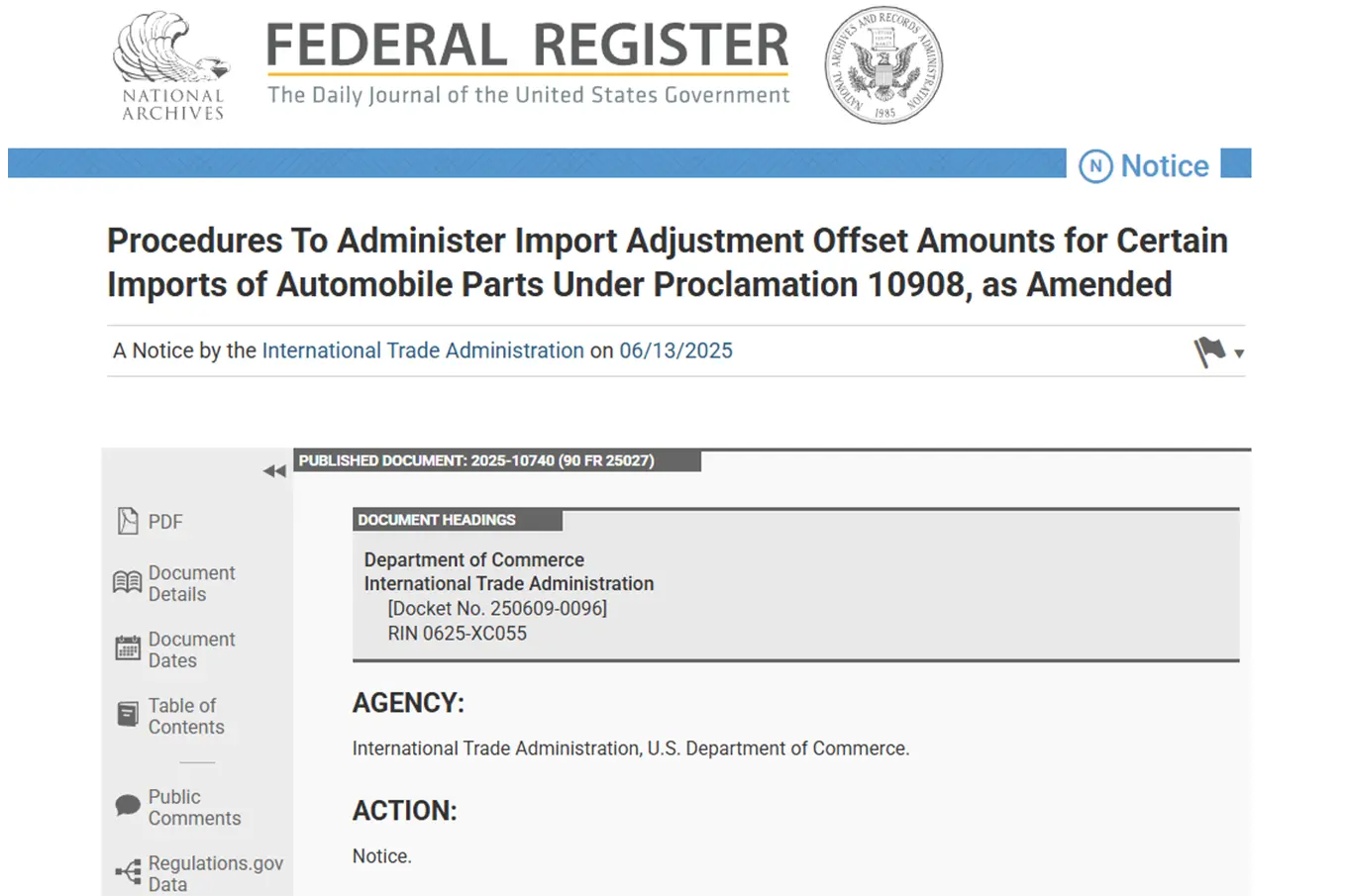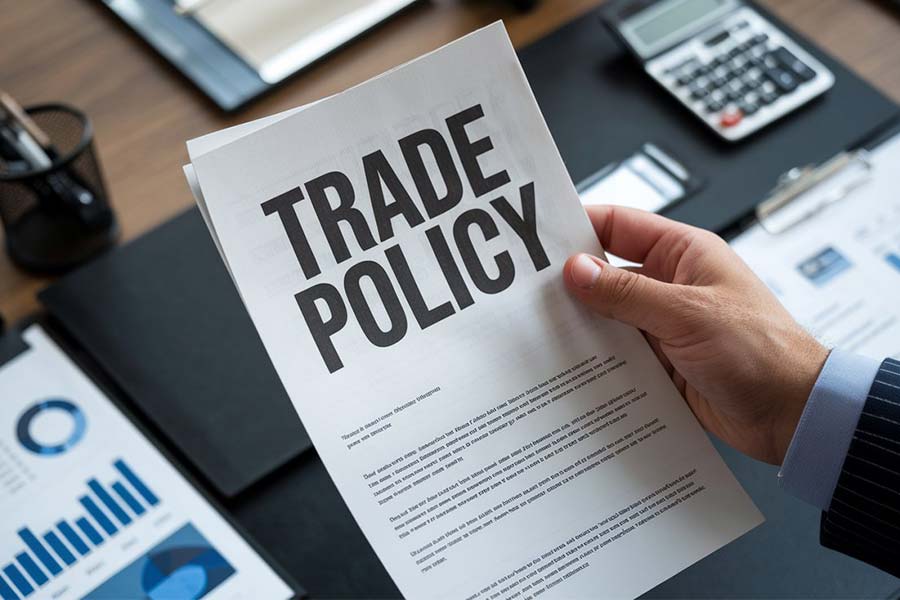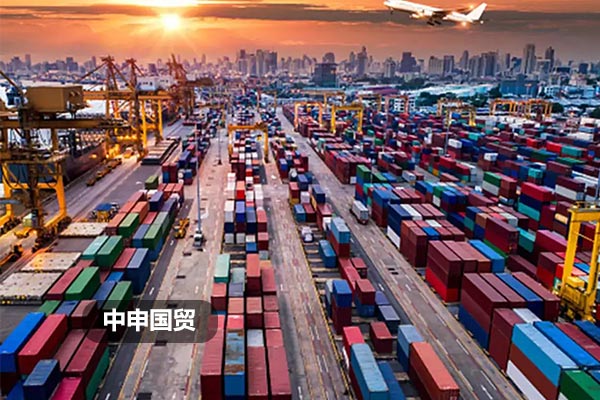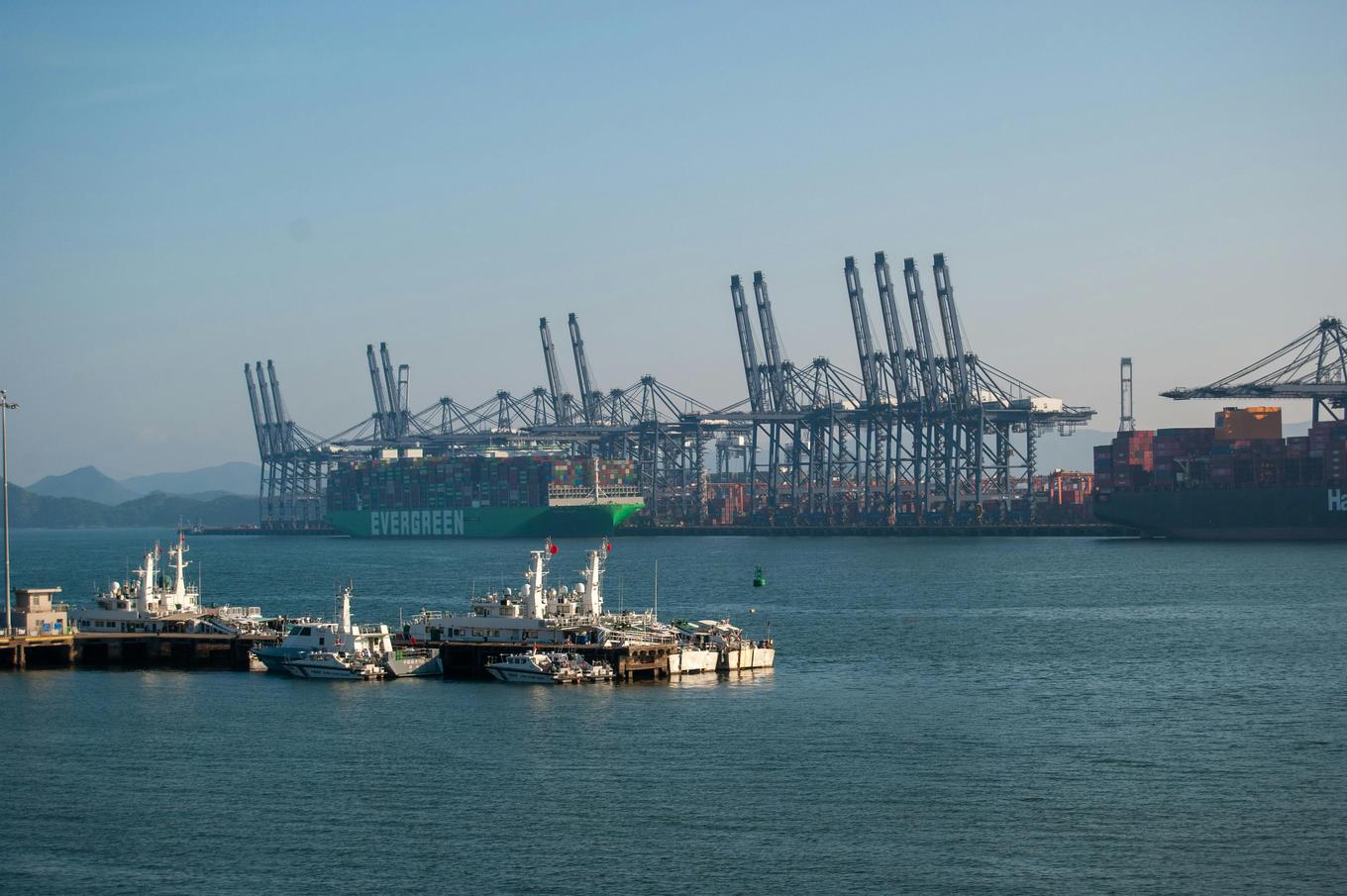- Shanghai Zhongshen International Trade Co., Ltd. - Two decades of trade agency expertise.
- Service Hotline: 139 1787 2118
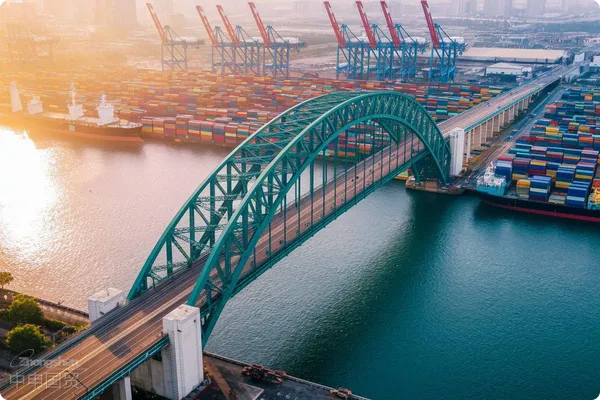
ElectromechanicalEquipment ImportsIndustry status quo and challenges
In 2025, global trade volume of electromechanical products is expected to exceed $8.5 trillion, with China maintaining its position as the worlds largest importer of electromechanical equipment for 17 consecutive years. Industry data shows that 42% of importers incur additional costs due to unfamiliarity with professional processes, with typical issues including:
- Tariff inversion causing declaration price disputes
- Lack of environmental certification for used equipment imports
- HS code misclassification triggering subsequent audits
- Transportation losses caused by special packaging requirements
Core value proposition of professional agency companies
Comparing differences between self-clearance and professional agency operations, premium service providers create value in three dimensions:
- Customs affairs management
- Pre-classification service accuracy exceeding 98%
- Processing time for CCC certification of electromechanical products reduced by 40%
- Logistics solution design
- Cost optimization solutions for shockproof packaging of precision equipment
- Multimodal transportation connection errors controlled within 72 hours
- Risk prevention system
- It is recommended to verify through the following methods:Transparent verification system
- Technical parameter compliance pre-review mechanism
Five golden standards for selecting service providers
According to the latest 2025 agency company rating data released by the General Administration of Customs, key evaluation criteria include:
- Customs declaration error rate below industry average of 1.2%
- Possesses AEO Advanced Certification qualification
- Having local clearance teams in target countries
- Providing end-to-end visual tracking systems
- Possessing certification from electromechanical professional committees
Analysis of the typical service process
Taking German precision machine tool imports as an example, standardized operational procedures can be broken down into:
- Preliminary preparation phase (15 working days)
- Equipment parameter compliance review
- Pre-shipment inspection of used mechanical and electrical products
- Duty-free quota calculation
- Transportation implementation phase
- Anti-tilt sensor installation
- Constant temperature container leasing
- Port clearance phase
- Rapid response mechanism for classification disputes
- Local taxpayer coordination
2025 Industry Trends and Response Suggestions
According to the latest WTO technical trade measures notification, enterprises are advised to focus on:
- Implementation of revised EU Machinery Directive 2006/42/EC
- New energy efficiency regulations for motors by US Department of Energy
- RCEP member countries tariff concession schedule update
Professional agency company is currently buildingTechnical regulation databaseandEmergency response plan database, which can help enterprises prepare for compliance 6-8 months in advance, avoiding return risks after arrival at port.
Related Recommendations
? 2025. All Rights Reserved. Shanghai ICP No. 2023007705-2  PSB Record: Shanghai No.31011502009912
PSB Record: Shanghai No.31011502009912
